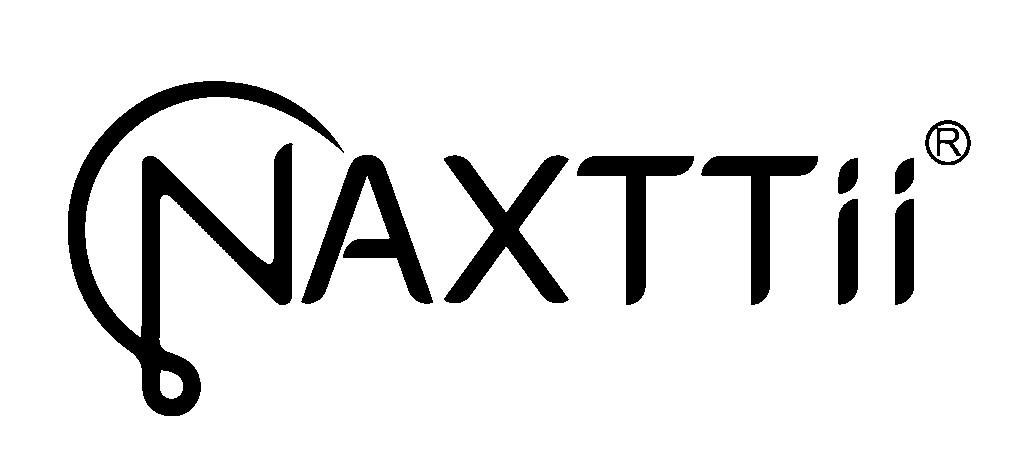Isoflavones in Soy Explained for 2025
Table of Contents
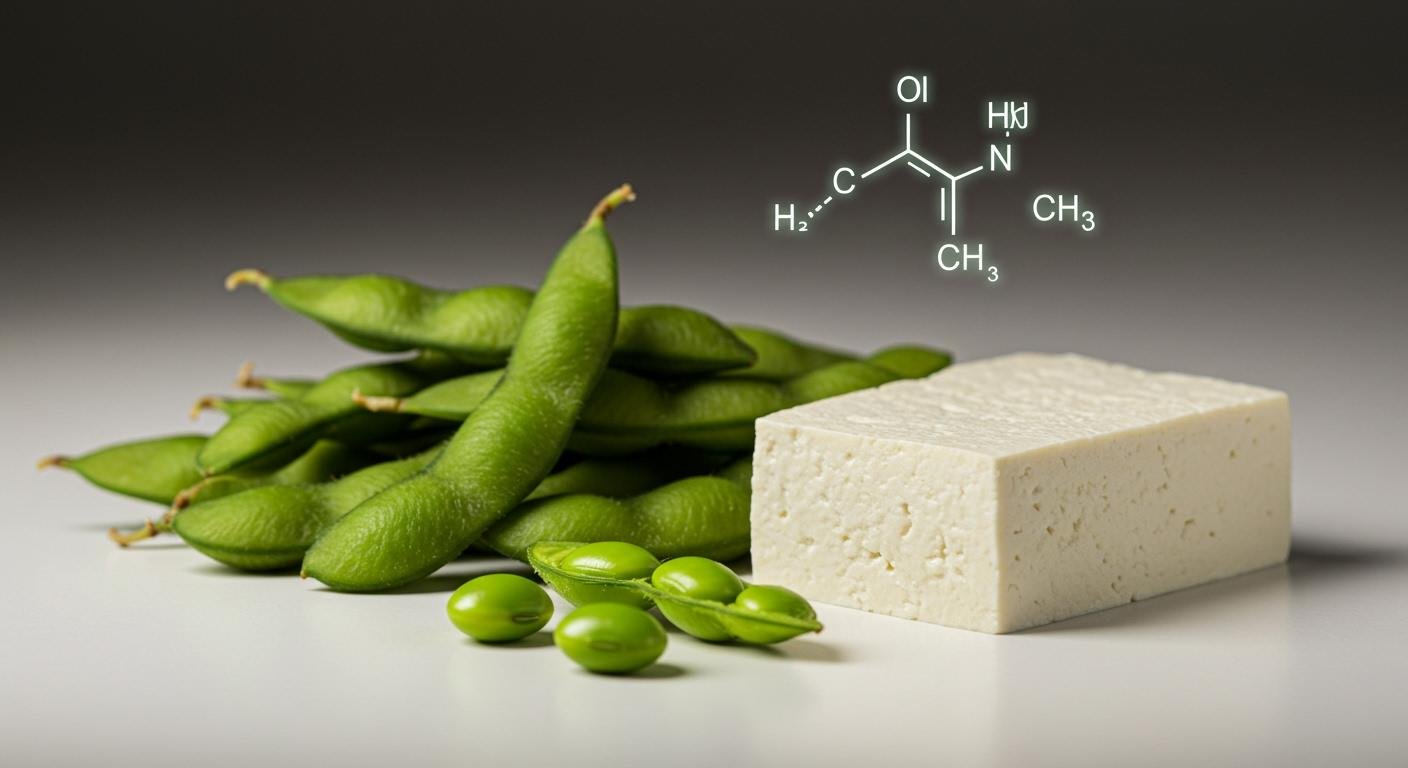
Soy isoflavones are plant compounds in soy. This isoflavone is a type of phytoestrogen. Each isoflavone has a structure similar to human estrogen, which helps explain its health effects. The global market for soy foods topped $51 billion in 2024, showing the popularity of soy. People consume these isoflavones from many common soy foods. Understanding the isoflavones in soy is key, as this knowledge clarifies how each isoflavone and the total soy isoflavones in a diet might work.
Common Foods with Isoflavones:
- Tofu
- Tempeh
- Edamame
- Miso
- Soy Milk
What Are Isoflavones in Soy?
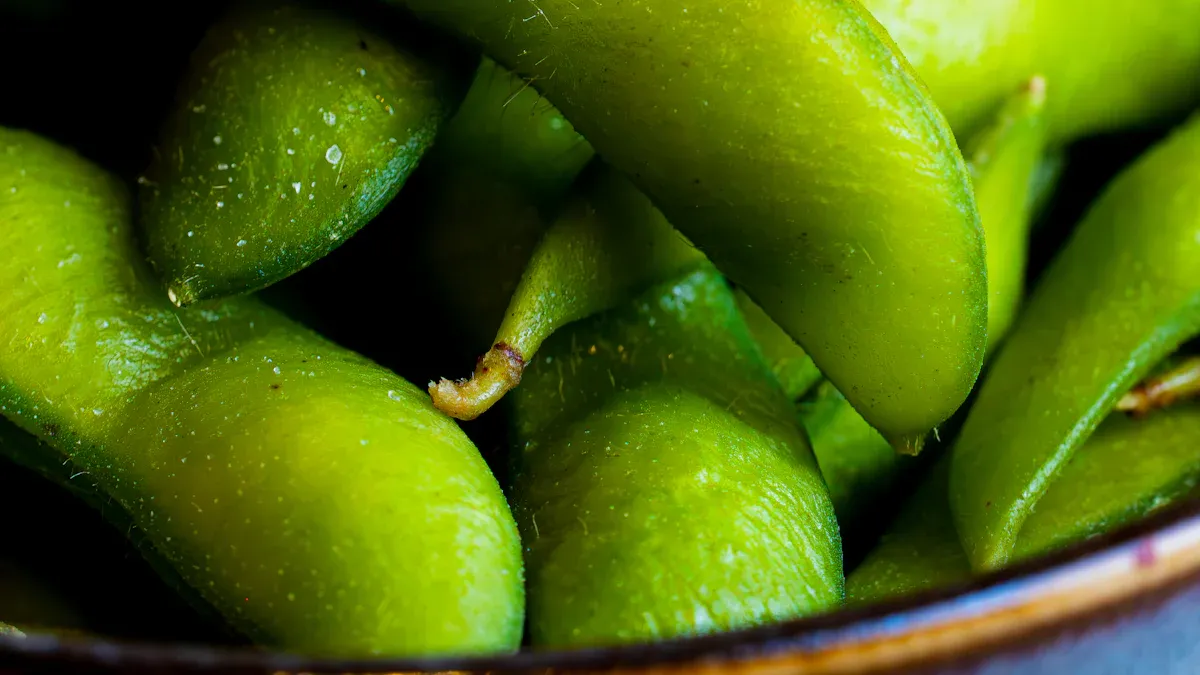
The isoflavones in soy are a type of phytochemical, a group of compounds made by plants. Specifically, each isoflavone is a phytoestrogen. The main isoflavones in soy are genistein, daidzein, and glycitein. In whole soy, these isoflavones exist as glycosides, meaning they are attached to a sugar molecule. The body must first break this bond during digestion to use the isoflavone. The total amount of soy isoflavones in a diet depends on the types of soy foods a person eats.
Defining Phytoestrogens and SERMs
A phytoestrogen is a plant compound with a structure similar to human estrogen. This similarity allows the isoflavone to interact with the body’s estrogen receptors. Scientists sometimes describe soy isoflavones as Selective Estrogen Receptor Modulators (SERMs). SERMs are compounds that can either block or activate estrogen-like effects in different body tissues. This selective action helps explain why a single isoflavone can have varied effects throughout the body. The specific impact of soy intake depends on which receptors the isoflavones bind to.
A Guide to Isoflavone-Rich Foods
Many popular soy foods contain high levels of isoflavones. Traditional soybean products like tofu, tempeh, and miso are excellent sources. However, soy is not the only source of these compounds. Other foods also provide a rich phytochemical profile.
Other Foods with Phytoestrogens Include: 🥦
- Flax seeds and sesame seeds
- Berries, peaches, and dried fruits
- Cruciferous vegetables like broccoli and cabbage
- Garlic and various beans
Whole vs. Processed Soy Products
The form of soy matters. Whole soy foods like edamame are very different from highly processed soy products. Fermentation, used to make tempeh and miso, changes the isoflavones. This process converts the isoflavones into aglycones, a form the body absorbs more quickly. Processing soy into soy protein isolate removes important nutrients.
| Feature | Whole Soybeans | Soy Protein Isolate |
|---|---|---|
| Processing | Minimally processed | Highly processed |
| Fiber | Present | Removed |
| Vitamins/Minerals | Present | Reduced or removed |
This is why health benefits linked to whole soy foods do not always apply to processed soy. The isoflavones in soy supplements can also differ from the isoflavones found in whole soy.
The Impact of Soy on Hormones
The conversation around soy often centers on its hormonal effects. Because soy isoflavones have a structure similar to estrogen, people wonder how they influence the body. The science in 2025 shows a complex but largely reassuring picture. The effects of each isoflavone depend on many factors, including a person’s age, sex, and existing hormone levels.
How Isoflavones Interact with Estrogen Receptors
The human body has two main types of estrogen receptors: Estrogen Receptor Alpha (ERα) and Estrogen Receptor Beta (ERβ). These receptors are located in different tissues and can have opposite effects.
- ERα activation often leads to cell growth (proliferative effects). These receptors are abundant in the uterus, ovaries, and breast tissue.
- ERβ activation is generally linked to slowing or stopping cell growth (anti-proliferative effects). These receptors are found in bone, brain, prostate, and lung tissues.
Soy isoflavones are considered Selective Estrogen Receptor Modulators (SERMs) because they do not bind to these receptors equally. The primary isoflavones in soy, genistein and daidzein, show a strong preference for ERβ. This selective binding is key to understanding their health impacts.
The isoflavone genistein binds much more strongly to ERβ than the isoflavone daidzein does. This difference helps explain why various soy products might have different effects.
| Compound | Binding to ERα (%) | Binding to ERβ (%) | Preference for ERβ |
|---|---|---|---|
| Genistein | 0.21% | 6.8% | 32x |
| Daidzein | 0.003% | 0.051% | 17x |
This table shows that the isoflavones in soy have a much greater affinity for the anti-proliferative ERβ receptor. This is a crucial reason why the effects of this phytoestrogen differ from the body’s own estrogen.
Effects on Female Hormonal Health
For women, the impact of soy isoflavones varies based on their life stage. Research shows different outcomes for premenopausal women, those with hormonal conditions, and women experiencing menopause.
For women with regular cycles, studies on soy intake have produced mixed results. Some observational studies find no link between eating soy foods and menstrual cycle length. However, a clinical trial where women consumed 45 mg of isoflavones daily found it lengthened their cycles by about one day. The same study noted that the isoflavones suppressed the hormones that trigger ovulation (LH and FSH). This suggests a high intake of soy isoflavones can have a mild effect on the menstrual cycle.
For women with Polycystic Ovary Syndrome (PCOS), a condition often involving high testosterone, soy may offer benefits. The effect of an isoflavone depends on the body’s own hormone levels. In animal studies of PCOS, soy isoflavones helped balance hormones by lowering testosterone and LH while increasing estrogen and progesterone.
During menopause, when the body’s estrogen levels drop, the weak estrogen-like activity of soy isoflavones can be beneficial. Many women find that soy helps ease symptoms like hot flashes. The interaction of each isoflavone with ERβ receptors in the brain and bone may also support memory and reduce bone loss during menopause.
Understanding the Impact on Male Hormones
A persistent myth claims that soy harms male hormones. This fear is largely based on outdated studies and misunderstandings. Modern scientific consensus, updated for 2025, tells a different story. The most common concern is that soy lowers testosterone.
Another concern revolves around sperm health. One 2008 study suggested a link between high soy consumption and lower sperm concentration. However, this study had significant limitations. The reduction was not statistically significant, and researchers found no impact on sperm motility or morphology. In fact, another study suggested men who ate more soy had better sperm motility. The evidence does not support the idea that eating a normal amount of soy negatively impacts male fertility. For most men, moderate consumption of soy is perfectly safe and does not disrupt hormones.
Soy Isoflavones and Cancer Risk
The connection between soy and cancer has been a topic of intense debate. Early concerns came from laboratory studies. These studies showed that a high-dose isoflavone could stimulate cancer cells. However, the 2025 scientific landscape tells a much different story, especially when looking at human population data. The evidence now distinguishes between eating whole soy foods and taking high-dose isoflavone supplements.
The Link to Breast Cancer
The conversation about soy and breast cancer risk often starts with estrogen. Some breast cancers grow in response to estrogen. Since an isoflavone has a structure similar to estrogen, people worried that soy could increase breast cancer risk. Initial lab studies on cancer cell lines seemed to support this fear. Yet, clinical and population data show that these lab findings do not translate to negative effects in humans who eat soy.
Large-scale population studies now provide a clearer picture. Research shows that women who consume more soy often have a lower breast cancer risk.
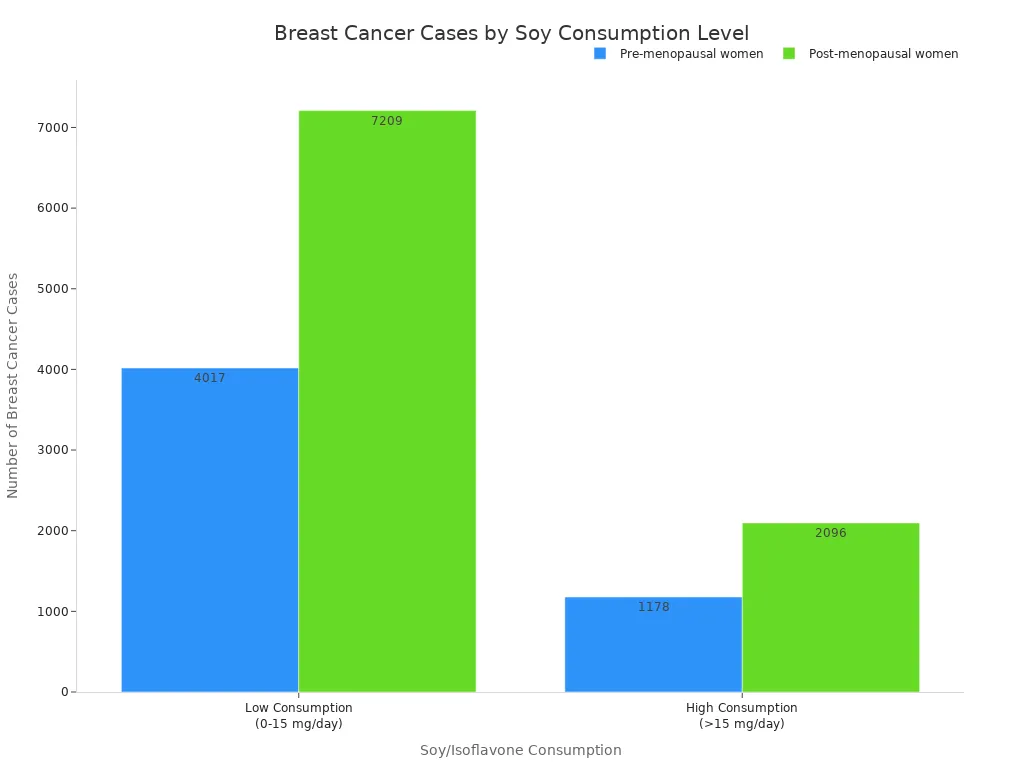
| Soy/Isoflavone Consumption | Breast Cancer Cases (Total 9,699) | Proportion of Breast Cancer Cases |
|---|---|---|
| >15 mg/day (High Consumption) | ~2,425 (25%) | Significantly lower |
| 0-15 mg/day (Low Consumption) | ~7,274 (75%) | Higher |
This protective link appears consistent. Some studies found that high soy intake during adolescence and adulthood was associated with a reduced pre-menopausal breast cancer risk. The form of soy also matters. A higher intake of whole soy was linked to a 10% reduced risk of overall cancer. In contrast, studies on isoflavone supplements have shown mixed results, with one study suggesting a reduced risk for ER+ cancer but an increased risk for ER- cancer. This highlights the importance of getting isoflavones from whole soy foods.
For Breast Cancer Survivors: 🎗️ A common fear is that soy could interfere with treatments like tamoxifen or increase recurrence. A pooled analysis of over 9,500 breast cancer survivors found the opposite. Consuming at least 10 mg of soy isoflavones per day after a diagnosis was linked to a significantly lower risk of recurrence. This benefit was seen in tamoxifen users, showing that soy does not interfere with the drug’s effectiveness. The isoflavones in soy appear to be safe and potentially beneficial for survivors.
Research on Prostate Cancer
Population data has long suggested a link between soy and prostate health. Asian countries, where soy consumption is high, have a lower incidence of prostate cancer. Modern research supports this observation. Studies in Asia show that intake of certain soy components is linked to a significantly reduced risk.
| Soy Component/Intake Type | Association with Reduced PCa Risk in Asia | p-value (Asia) |
|---|---|---|
| Unfermented soy food | Significantly reduced risk | 0.005 |
| Dietary genistein intake | Significantly reduced risk | 0.004 |
| Dietary daidzein intake | Significantly reduced risk | 0.012 |
Unfermented soy products like tofu and soy milk, along with the specific isoflavones genistein and daidzein, show the strongest protective association. While total soy food intake did not reach statistical significance in some analyses, the trend points toward a benefit. Researchers have also looked at how soy affects prostate-specific antigen (PSA) levels. Meta-analyses of clinical trials found no significant differences in PSA levels between groups taking soy isoflavones and control groups. This suggests that moderate soy consumption does not negatively impact this key biomarker for prostate health.
Findings on Other Cancers
The research on soy isoflavones extends beyond breast and prostate cancer. The evidence for other cancers is also largely positive, pointing to a protective role for this powerful isoflavone.
-
Endometrial Cancer: A meta-analysis of 10 studies found that the highest soy intake was associated with a 19% reduction in endometrial cancer risk. The isoflavones in soy may protect against this cancer through several mechanisms. They can compete with the body’s stronger estrogen at estrogen receptors. They also have antioxidant effects and can encourage cancer cell self-destruction (apoptosis).
-
Colorectal and Thyroid Cancer: Epidemiological data also suggests a protective effect of soy against colorectal cancer. For thyroid cancer, human studies provide considerable assurance that soy consumption does not increase risk.
Overall, the body of evidence for 2025 indicates that consuming whole soy as part of a balanced diet is not only safe but may also reduce the risk for several types of cancer. The fears surrounding this isoflavone are largely based on outdated or misinterpreted science.
Health Benefits of Isoflavones
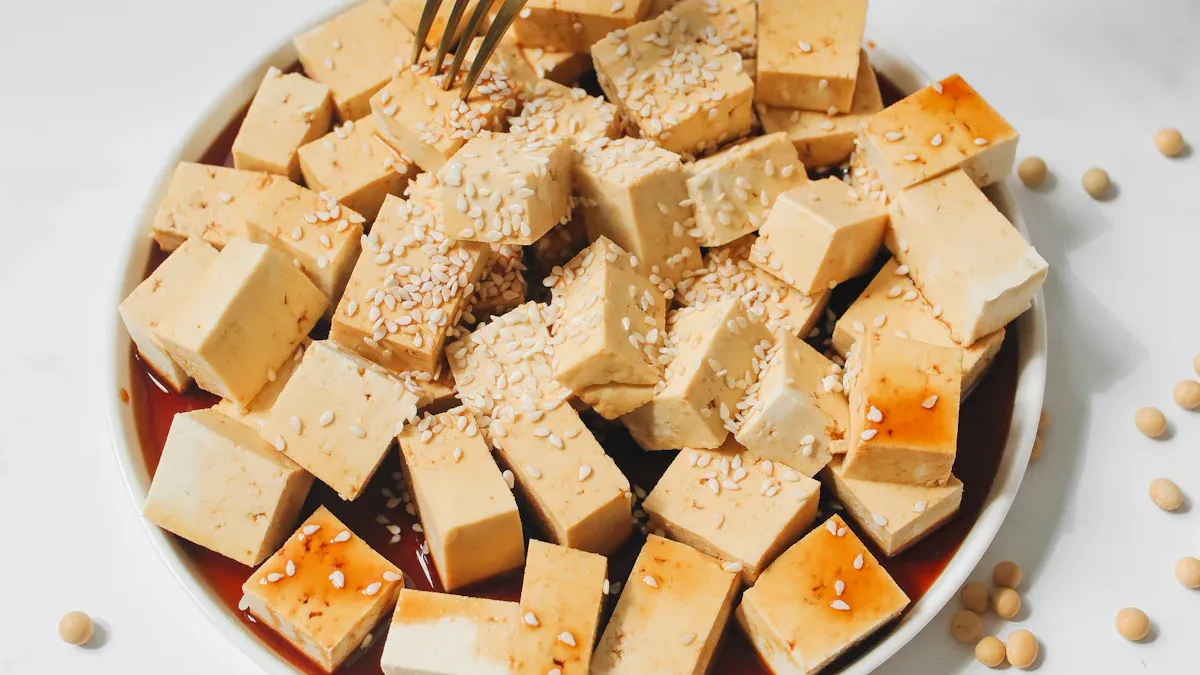
Beyond hormones and cancer risk, the isoflavones in soy offer several other health benefits. Research highlights how this isoflavone can improve quality of life, especially during menopause. The unique properties of each isoflavone contribute to these positive effects. The isoflavones in soy foods can also help reduce chronic inflammation.
Easing Menopausal Symptoms
Many women experience uncomfortable menopausal symptoms during menopause. Soy isoflavones can offer relief. The weak estrogen-like activity of an isoflavone helps balance the body during menopause. This isoflavone can be a good option for women who cannot use hormone therapy.
A major analysis of studies found that soy isoflavone supplements reduced hot flash frequency by over 20% and severity by over 26%. The isoflavone genistein appears particularly effective.
This isoflavone also helps with mood changes linked to menopause. Research shows a positive effect of soy isoflavones on depression symptoms. While this isoflavone is less potent than traditional hormone therapy, it provides a valuable natural alternative for managing menopause. The isoflavones can also reduce inflammation.
Supporting Bone Density
Bone health is a major concern after menopause. The body’s lower estrogen levels can lead to bone loss. Some studies suggest the isoflavones in soy may help. The isoflavone can interact with bone cells to slow this process. However, the evidence is not always consistent.
A long-term study gave postmenopausal women a high dose of an isoflavone daily for two years. The results showed that this specific isoflavone supplement did not prevent bone density decline compared to a placebo. This finding shows that the effect of an isoflavone on bone is complex. More research is needed to understand the role of this isoflavone in bone health. The isoflavones may also help with inflammation.
Promoting Heart Health
A healthy diet can protect the heart. Soy foods can be a great part of this plan. In 2017, the FDA re-evaluated its claim about soy protein and heart disease. The agency found the evidence was no longer consistent enough for its highest-level health claim.
However, this does not mean soy has no benefits. One clinical study showed that replacing animal products with soy foods improved several heart health markers.
- It lowered total cholesterol.
- It reduced systolic blood pressure in men.
- It improved cholesterol ratios.
These benefits occurred regardless of the isoflavone content in the soy. This suggests that whole soy foods contribute to heart health as part of a balanced diet. The isoflavones in soy also have properties that fight inflammation, which is good for the heart.
The 2025 science on soy isoflavones is clear. Most people can safely enjoy whole soy foods. A healthy diet can include these soy foods. Fears about soy often come from old studies. Current evidence shows the isoflavones in soy are mostly beneficial. A diet rich in isoflavones from whole soy is a good choice. Soy-rich diets support overall health. The isoflavones in soy products offer many benefits. A balanced diet with soy is a smart diet. The isoflavones in soy are powerful. These isoflavones work well in a healthy diet.
Final Recommendation: 📝 People should enjoy whole soy foods like tofu as part of a balanced diet. Individuals with hormone-sensitive conditions should consult a doctor before using high-dose isoflavones supplements. A good diet is key.
FAQ
How much soy is safe to eat daily?
Most people can safely consume one to two servings of whole soy foods each day. This moderate soy intake provides beneficial isoflavones. Research on soy-rich diets shows this amount is linked to health benefits without posing risks for the general population.
Are isoflavone supplements better than whole soy foods?
No, whole soy foods are generally a better choice. They contain fiber, protein, and other nutrients alongside the isoflavones. Supplements offer a concentrated isoflavone dose, and their health effects can differ from eating whole soy products.
Can children eat soy products?
Yes, moderate soy intake is safe for most children. A diet with whole soybean products like tofu and edamame can be healthy. This phytochemical is a normal part of many traditional diets for people of all ages.
Do the isoflavones in soy cause inflammation?
No, the isoflavones in soy typically help reduce inflammation. This phytoestrogen has anti-inflammatory properties. A diet rich in isoflavones may help lower chronic inflammation, which is a factor in many diseases and some menopausal symptoms.

Poseidon
Master of Nutritional Epidemiology, University of Copenhagen, Herbal Functional Nutrition Researcher
Focus: The scientific application of natural active ingredients such as Tongo Ali, Horny Goat Weed, and Maca to sexual health and metabolic regulation.
Core Focus:
Men: Use a combination of Tongo Ali (an energizing factor) + Maca (an energy reserve) to improve low energy and fluctuating libido.
Women: Use a combination of Horny Goat Weed (a gentle regulator) + Maca (a nutritional synergist) to alleviate low libido and hormonal imbalances.
Stressed/Middle-Aged Adults: This triple-ingredient synergy supports metabolism, physical strength, and intimacy.
Product Concept:
Based on traditional applications and modern research (e.g., Tongo Ali promotes testosterone-enhancing enzyme activity, and icariin provides gentle regulation), we preserve core active ingredients and eschew conceptual packaging—using natural ingredients to address specific needs.
Simply put: I'm a nutritionist who understands "herbal actives." I use scientifically proven ingredients like Tongo Ali, Epimedium, and Maca to help you make "sexual health" and "nutritional support" a daily routine.
